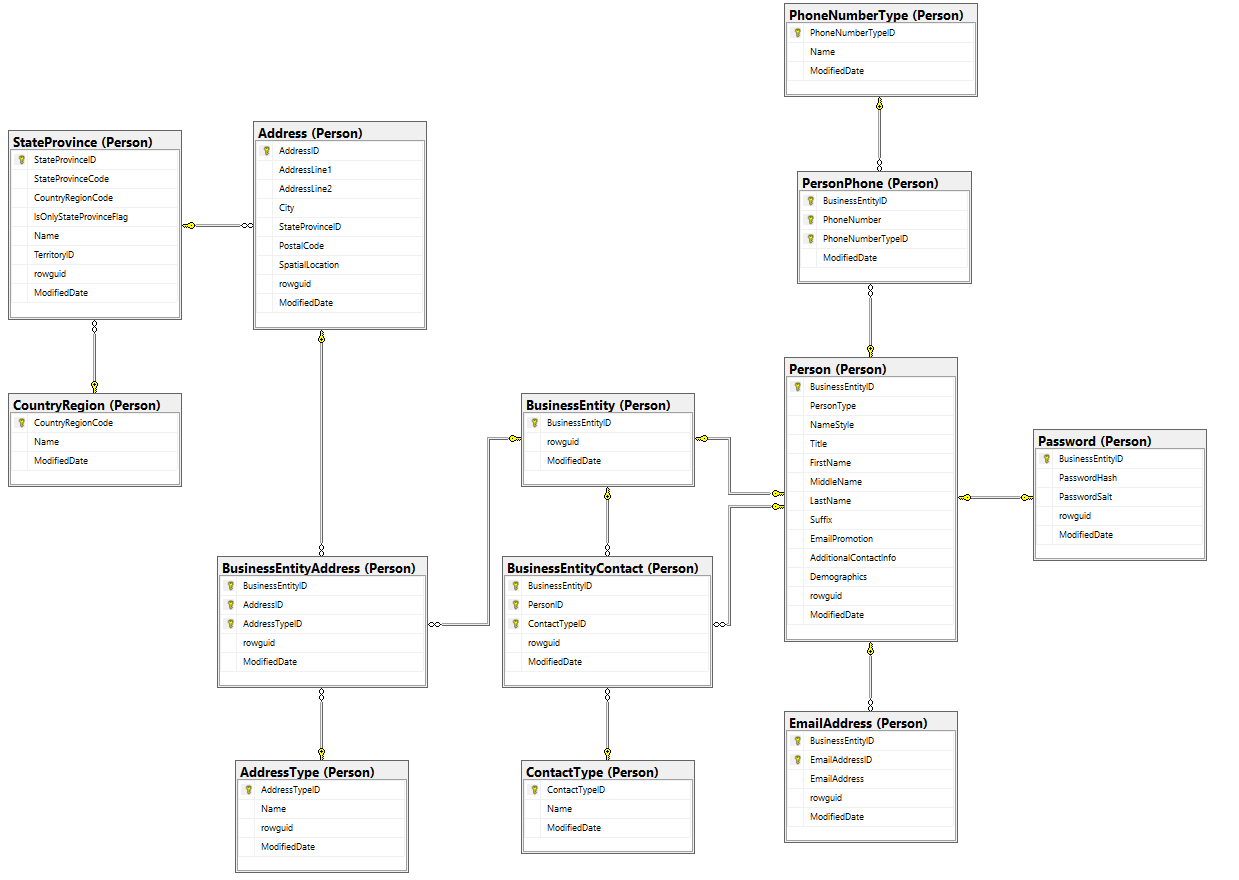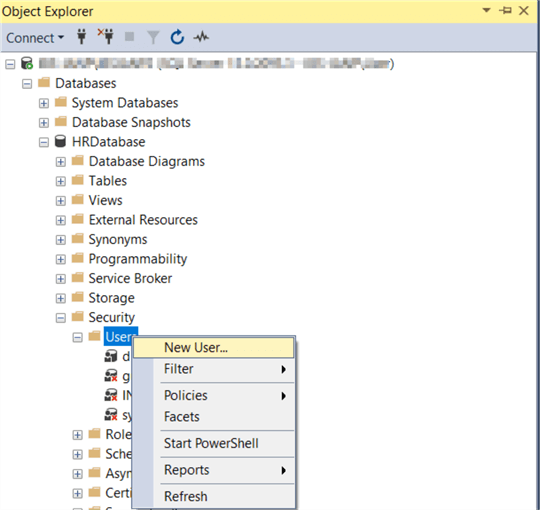

#Database schema manual
The data vault model is adaptable (relatively less manual operations need to be performed if a column is added or deleted, a data type changed, or a record updated) and auditable (the data source and date records allow to trace data). foreign business keys referencing the primary business keys in the hubs.foreign hash keys referencing the primary hash keys in the hubs.a hash key, which acts like a primary key and uniquely identifies the relationship between 2 hubs in hash format.Links set the relationship between 2 hubs via the business keys defined in the hubs. any relevant dimensions of the business object.load start and end dates (in satellites, historical changes are captured).a parent hash key (foreign key of the hash key in the hub).They store foreign keys that can be referenced in a hub or link table, as well as the following pieces of info: Satellites are tables that contain the attributes of a business object. Other pieces of information include a hash key (useful for running the model on a Hadoop system), the data source and the load time. Hubs are tables that store primary keys that uniquely identify a business element. The model is built around 3 things: hubs, satellites, and links. According to its designer, data vault is a “hybrid approach encompassing the best of breed between 3rd normal form (3NF) and star schema” by providing an agile framework to scale and adapt an EDW (see Super Charge Your Data Warehouse by Dan Linstedt). Data Vault 2.0 🔐ĭata Vault 2.0 evolved out of data vault, created in the 2000’s by Dan Linstedt. I’d recommend reading this article to learn more about fact constellation schemas. However, you might notice the refresh button of your report spin a bit longer since a galaxy schema is complex and may affect the performance of your query. Some of the advantages are that you can expect great data quality and accuracy, which can enhance your reporting. It is completely normalized but involves more design complexity since there can be more than one fact table and there can be multiple dependencies that exist between dimension and fact tables. The galaxy schema (also known as fact constellation schema) is a combination of the star and snowflake schema models. However, it does result in slower query performance due to the higher number of JOINs to perform.Īs you can see from the SELECT statement below, there are more JOINs to perform! SELECT r.region, c.country, fam.name AS virus_subfamily_name, t.infect_rate, ath_cnt FROM fact_pandemic AS fact LEFT JOIN dim_country AS c ON fact.location_id = c.id LEFT JOIN dim_region AS r ON r.id = c.region_id LEFT JOIN dim_virus AS vir ON fact.virus_id = vir.id LEFT JOIN dim_virus_family AS fam ON fam.id = vir.family_id LEFT JOIN dim_transmission t ON vir.type_id = t.id LEFT JOIN dim_dates AS d ON fact.dates_id = d.id LEFT JOIN dim_year AS y ON d.year_id = y.id WHERE y.year = 2020 Galaxy Schema (Fact Constellation Schema) 🌌
#Database schema update
Normalization helps for a number of reasons: it helps reduce duplicates in the data, lower the amount of storage space used (typically, dimension tables aren’t as large as fact tables), and avoid performing data deletion or update commands in multiple places. The snowflake model is designed like a star schema except for the fact that the dimension tables are completely normalized. Bill Inmon, data warehouse creator, introduced the snowflake schema model in the early 1990’s. The snowflake schema (or “3rd Normal Form” schema), on the other hand, is considered the predecessor to the star schema.

Own chart (created with Lucidchart) SELECT loc.region, loc.country, vir.family as virus_subfamily_name, vir.infect_rate, ath_cnt FROM fact_pandemic AS fact LEFT JOIN dim_location AS loc ON fact.location_id = loc.id LEFT JOIN dim_virus AS vir ON fact.virus_id = vir.id LEFT JOIN dim_dates AS d ON fact.dates_id = d.id WHERE d.year = 2020 Snowflake (“3NF“) Schema ❄️


 0 kommentar(er)
0 kommentar(er)
